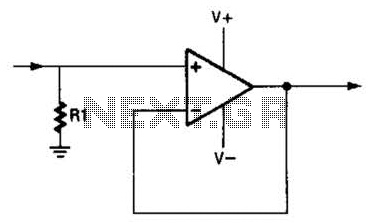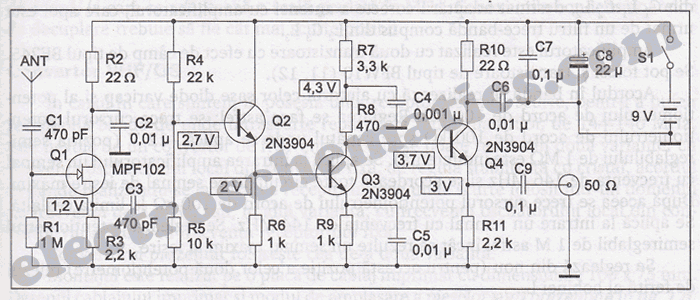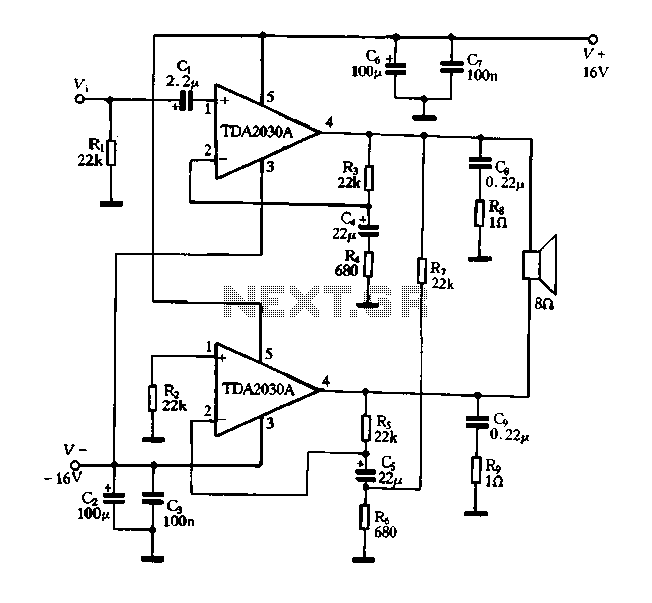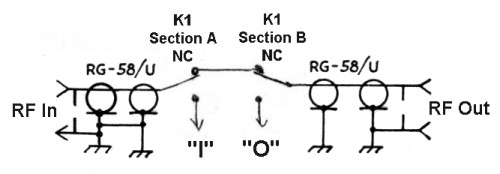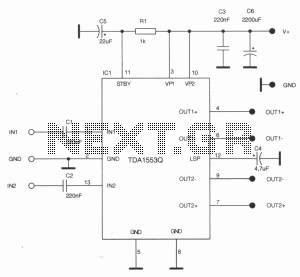
2x45 Watt Tube Amplifier
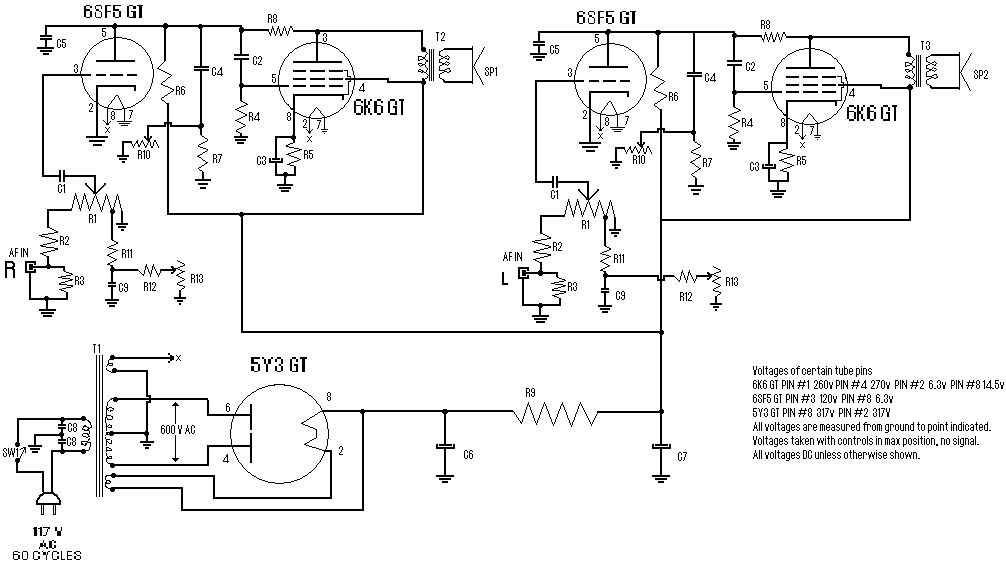
The circuit is simple, yet is capable of excellent performance. I designed it specifically for use as an amplifier for the digital sound card in my computer. Audio input can be from any two-channel line level device such as a television, CD player, or VCR. It is of the tube type, using only 5 tubes total with no more than about 45 Watts power consumption from the outlet. It uses 3 types of tube 1 5Y3 GT vacuum rectifier, 2 6SF5 GT high-mu triodes, and 2 6K6 power beam amplifiers. These are all full-size octal type tubes which are commonly available today for between $3-5 each.
The circuit described is a tube-based audio amplifier specifically designed for enhancing the output of digital sound cards in computers. The amplifier operates with a total power consumption of approximately 45 Watts, making it efficient for home audio applications.
The circuit utilizes three distinct types of vacuum tubes: the 5Y3 GT serves as the rectifier, converting AC to DC power. This tube is known for its reliability and is commonly used in audio applications due to its ability to provide a stable voltage supply. The two 6SF5 GT tubes function as high-mu triodes, which are critical for amplifying the audio signal. Their high gain characteristics make them suitable for achieving the desired output levels while maintaining audio fidelity. Lastly, the two 6K6 power beam amplifiers are employed to drive the output stage, providing sufficient power to drive speakers or other audio output devices.
The amplifier is designed to accept audio inputs from various two-channel line-level devices, such as televisions, CD players, or VCRs, making it versatile for different audio sources. The use of full-size octal type tubes ensures that replacements are readily available and affordable, typically ranging from $3 to $5 each.
Overall, this tube amplifier circuit offers a blend of simplicity and high performance, making it an excellent choice for audiophiles seeking to enhance their digital audio experience with a classic tube sound. Its design emphasizes the importance of quality components and careful engineering to achieve optimal audio performance.The circuit is simple, yet is capable of excellent performance. I designed it specifically for use as an amplifier for the digital sound card in my computer. Audio input can be from any two-channel line level device such as a television, CD player, or VCR. It is of the tube type, using only 5 tubes total with no more than about 45 Watts power consumption from the outlet. It uses 3 types of tube 1 5Y3 GT vacuum rectifier, 2 6SF5 GT high-mu triodes, and 2 6K6 power beam amplifiers.
These are all full-size octal type tubes which are commonly available today for between $3-5 each. 🔗 External reference
The circuit described is a tube-based audio amplifier specifically designed for enhancing the output of digital sound cards in computers. The amplifier operates with a total power consumption of approximately 45 Watts, making it efficient for home audio applications.
The circuit utilizes three distinct types of vacuum tubes: the 5Y3 GT serves as the rectifier, converting AC to DC power. This tube is known for its reliability and is commonly used in audio applications due to its ability to provide a stable voltage supply. The two 6SF5 GT tubes function as high-mu triodes, which are critical for amplifying the audio signal. Their high gain characteristics make them suitable for achieving the desired output levels while maintaining audio fidelity. Lastly, the two 6K6 power beam amplifiers are employed to drive the output stage, providing sufficient power to drive speakers or other audio output devices.
The amplifier is designed to accept audio inputs from various two-channel line-level devices, such as televisions, CD players, or VCRs, making it versatile for different audio sources. The use of full-size octal type tubes ensures that replacements are readily available and affordable, typically ranging from $3 to $5 each.
Overall, this tube amplifier circuit offers a blend of simplicity and high performance, making it an excellent choice for audiophiles seeking to enhance their digital audio experience with a classic tube sound. Its design emphasizes the importance of quality components and careful engineering to achieve optimal audio performance.The circuit is simple, yet is capable of excellent performance. I designed it specifically for use as an amplifier for the digital sound card in my computer. Audio input can be from any two-channel line level device such as a television, CD player, or VCR. It is of the tube type, using only 5 tubes total with no more than about 45 Watts power consumption from the outlet. It uses 3 types of tube 1 5Y3 GT vacuum rectifier, 2 6SF5 GT high-mu triodes, and 2 6K6 power beam amplifiers.
These are all full-size octal type tubes which are commonly available today for between $3-5 each. 🔗 External reference
